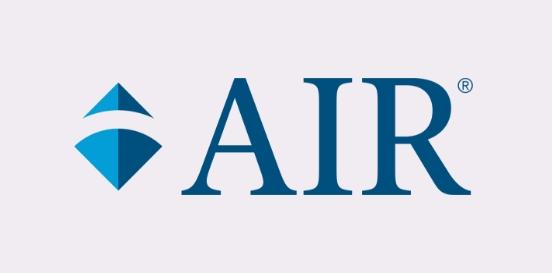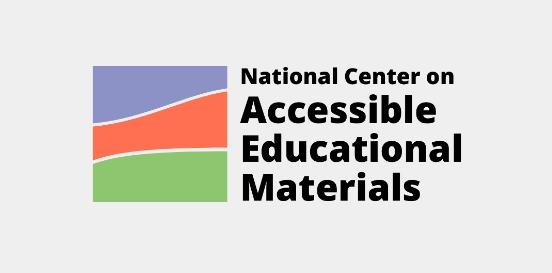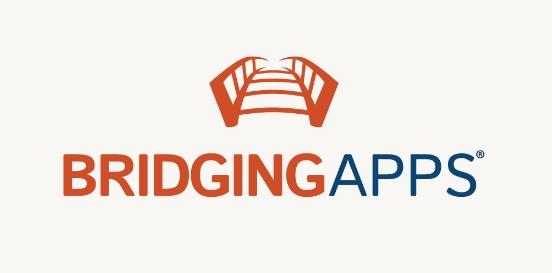Video Phone
A telecommunications device that enables individuals with hearing or speech impairments to communicate using both sign language and spoken language. It allows users to see and hear each other in real-time during a conversation, bridging the communication gap between people who use sign language and those who rely on spoken language.
Considerations
Take the following considerations into account when selecting and implementing AT to ensure that the chosen tools are well-suited to the student’s needs, align with their goals, and seamlessly integrate into their educational journey. By embracing a collaborative approach and considering the specific skills, tasks, and implementation context, educators can provide students with the necessary support to thrive academically and functionally, promoting inclusivity and fostering their overall success.
Skills and Tasks What skills or tasks will the student utilize this tool for? What areas, functional or academic, does this tool support?
- Technical skills: Basic understanding of how to operate the video phone device or software.
- Communication skills: Clear and effective verbal communication skills for speaking with the person on the other end of the video call.
- Active listening skills: Understanding and responding appropriately to the other person's message.
Implementation Context In what activities, classes, or environments will the student utilize this tool?
Video phones typically consist of a screen, camera, microphone, and speaker, allowing users to communicate through both visual and auditory means. They can be standalone devices or software applications that run on computers, tablets, or smartphones.
For individuals who are deaf or hard of hearing, video phones are provided for free to ensure access to phone services and are a vital means of communication, allowing them to engage in conversations with friends, family, colleagues, and service providers. They may reach out to video phone vendors to receive information about free equipment. Additionally, video phones enable them to make phone calls, participate in video conferences, access customer service, and engage in various social interactions more effectively. Video phones can greatly benefit students by providing them with tools to enhance communication, access educational resources, and participate in remote learning environments. Here's how they help:
- Facilitating communication: Enable students who are deaf or hard of hearing to communicate effectively with their peers, teachers, and support staff. These technologies often include features like sign language interpretation, and video relay services, allowing students to engage in conversations.
- Enhancing independence: Video phone technologies empower students who are deaf or hard of hearing to become more independent in managing their academic responsibilities. By offering features such as remote access to educational materials, virtual office hours with instructors, and digital note-taking tools, these technologies enable students to take greater control over their learning experiences and academic success. For students who are deaf or hard of hearing, video phones allow them to communicate independently over the phone without relying on others to interpret conversations for them.
- Promoting inclusivity and accessibility: Video phone assistive technologies contribute to creating a more inclusive and accessible learning environment for all students. By accommodating diverse communication needs and providing alternative means of participation, these technologies help ensure that students who are deaf or hard of hearing can fully engage in educational activities alongside their peers without facing barriers or limitations.
- Academic support: Video phones can be particularly useful for students in academic settings, allowing them to participate in phone-based activities such as interviews, conference calls, or discussions with teachers and classmates.








